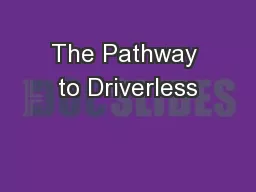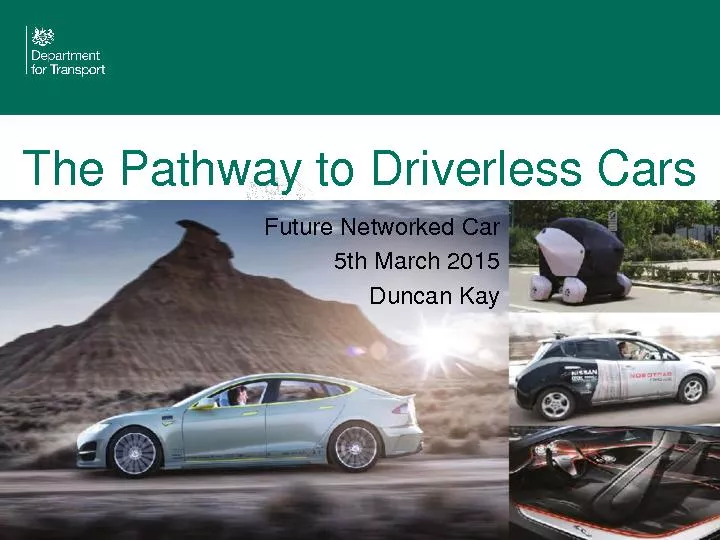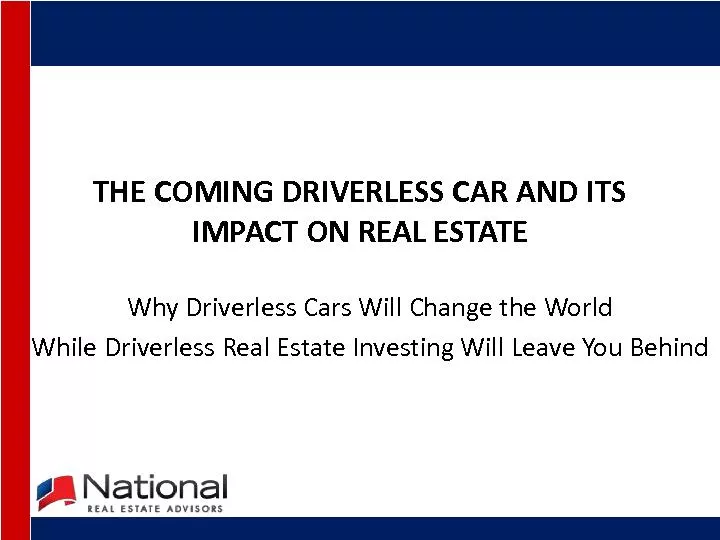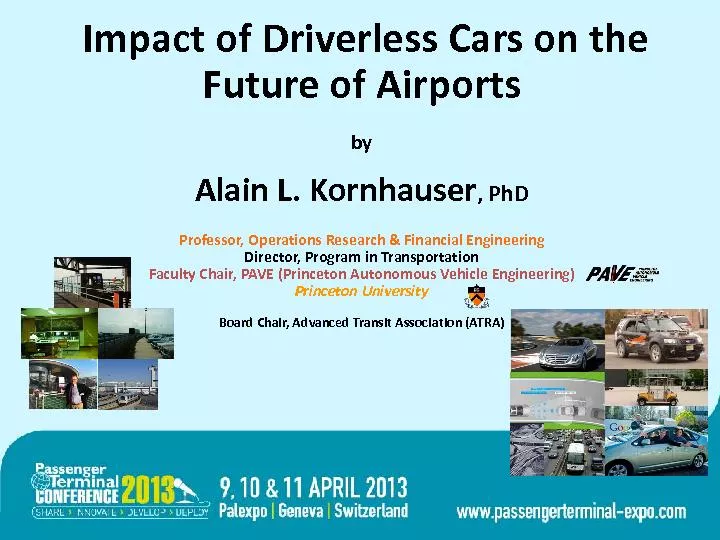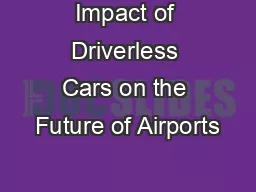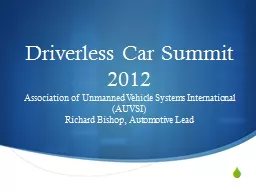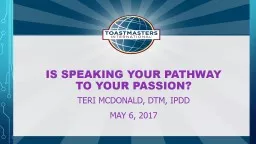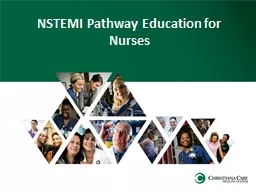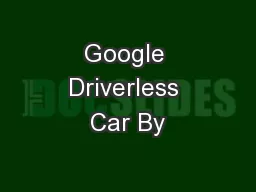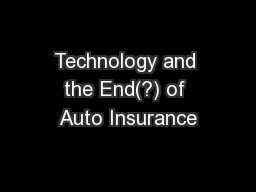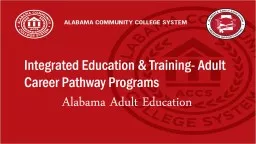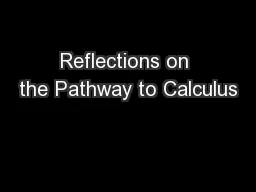PPT-The Pathway to Driverless
Author : jane-oiler | Published Date : 2017-10-04
C ars and the Sacred Cow Problem Some behavioural challenges to think about National Infrastructure Commission London 27 April 2017 johnadamsUCLacuk wwwjohnadamscouk
Presentation Embed Code
Download Presentation
Download Presentation The PPT/PDF document "The Pathway to Driverless" is the property of its rightful owner. Permission is granted to download and print the materials on this website for personal, non-commercial use only, and to display it on your personal computer provided you do not modify the materials and that you retain all copyright notices contained in the materials. By downloading content from our website, you accept the terms of this agreement.
The Pathway to Driverless: Transcript
Download Rules Of Document
"The Pathway to Driverless"The content belongs to its owner. You may download and print it for personal use, without modification, and keep all copyright notices. By downloading, you agree to these terms.
Related Documents

